Scientists found a mysterious cosmic object that’s between 10 and 100 times more powerful than all known supernovas. What could it be?


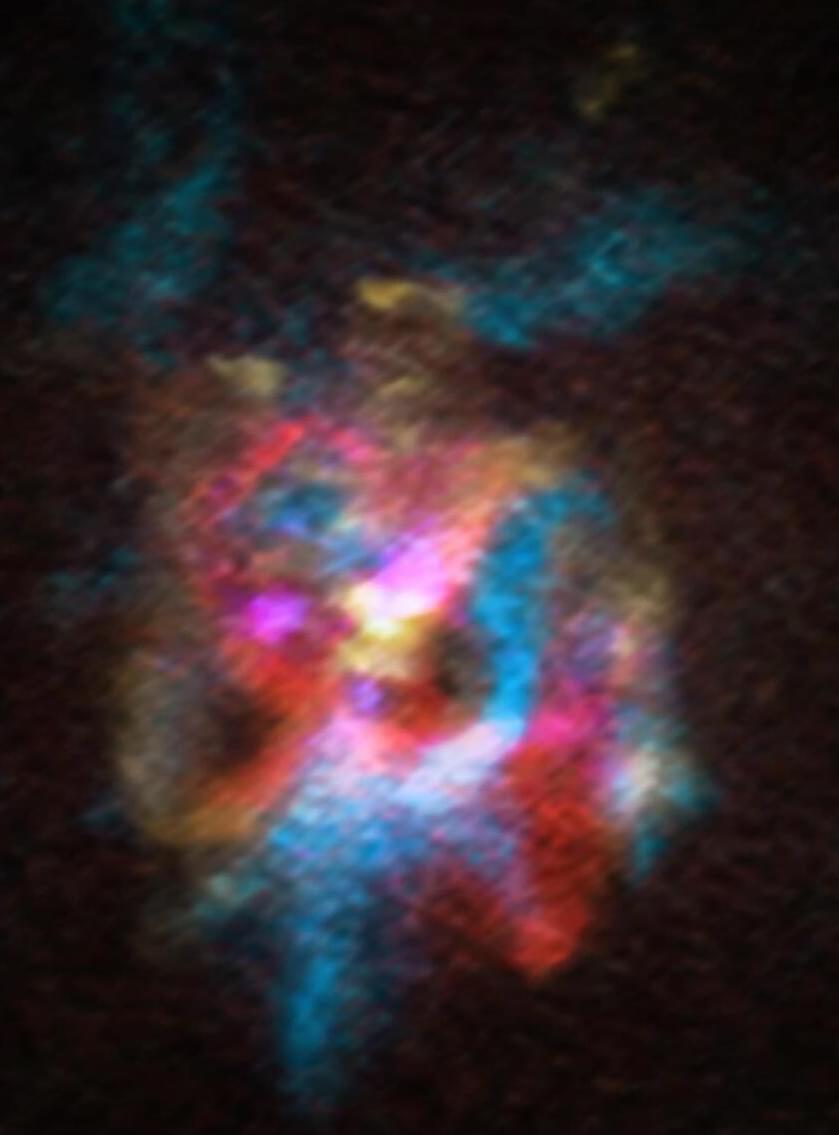
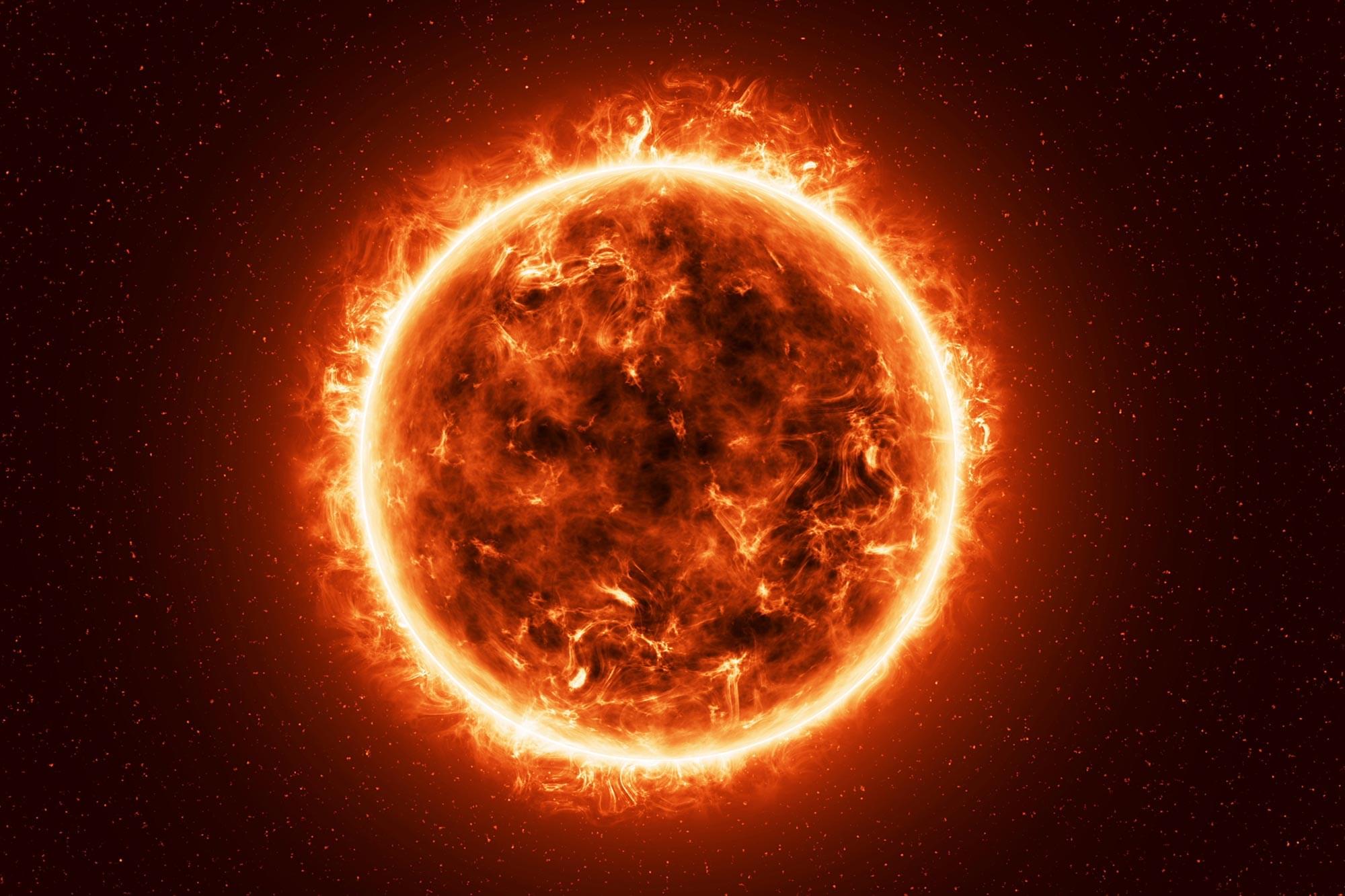
Stars often reach the end of their lives and fade from view, but astronomers were left baffled when a star that had remained steady for more than ten years suddenly seemed to vanish for nearly eight months.
From late 2024 through early 2025, a star in our galaxy known as ASASSN-24fw lost about 97% of its brightness before returning to normal. The unusual dimming quickly became the subject of debate as researchers searched for an explanation behind such an extraordinary event.
An international research team, led by scientists at The Ohio State University, now believes they may have solved the puzzle. In a study recently published in The Open Journal of Astrophysics, the group reports that because the star’s color did not change during the dimming, the cause was unlikely to be related to stellar evolution. Instead, they conclude that a massive cloud of dust and gas surrounding the star blocked it from Earth’s view.
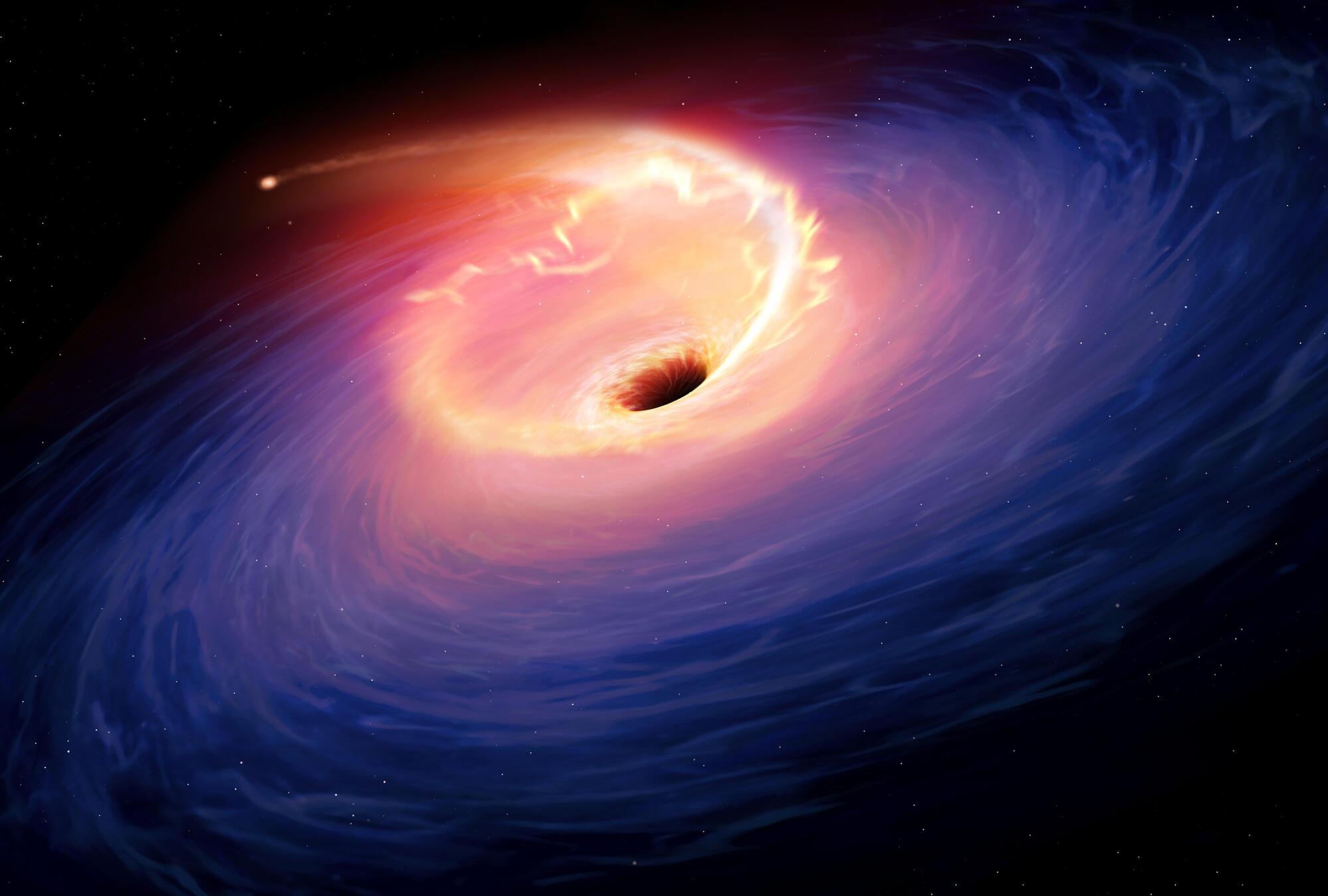

Scientists are rethinking the universe’s deepest mysteries using numerical relativity, complex computer simulations of Einstein’s equations in extreme conditions. This method could help explore what happened before the Big Bang, test theories of cosmic inflation, investigate multiverse collisions, and even model cyclic universes that endlessly bounce through creation and destruction.
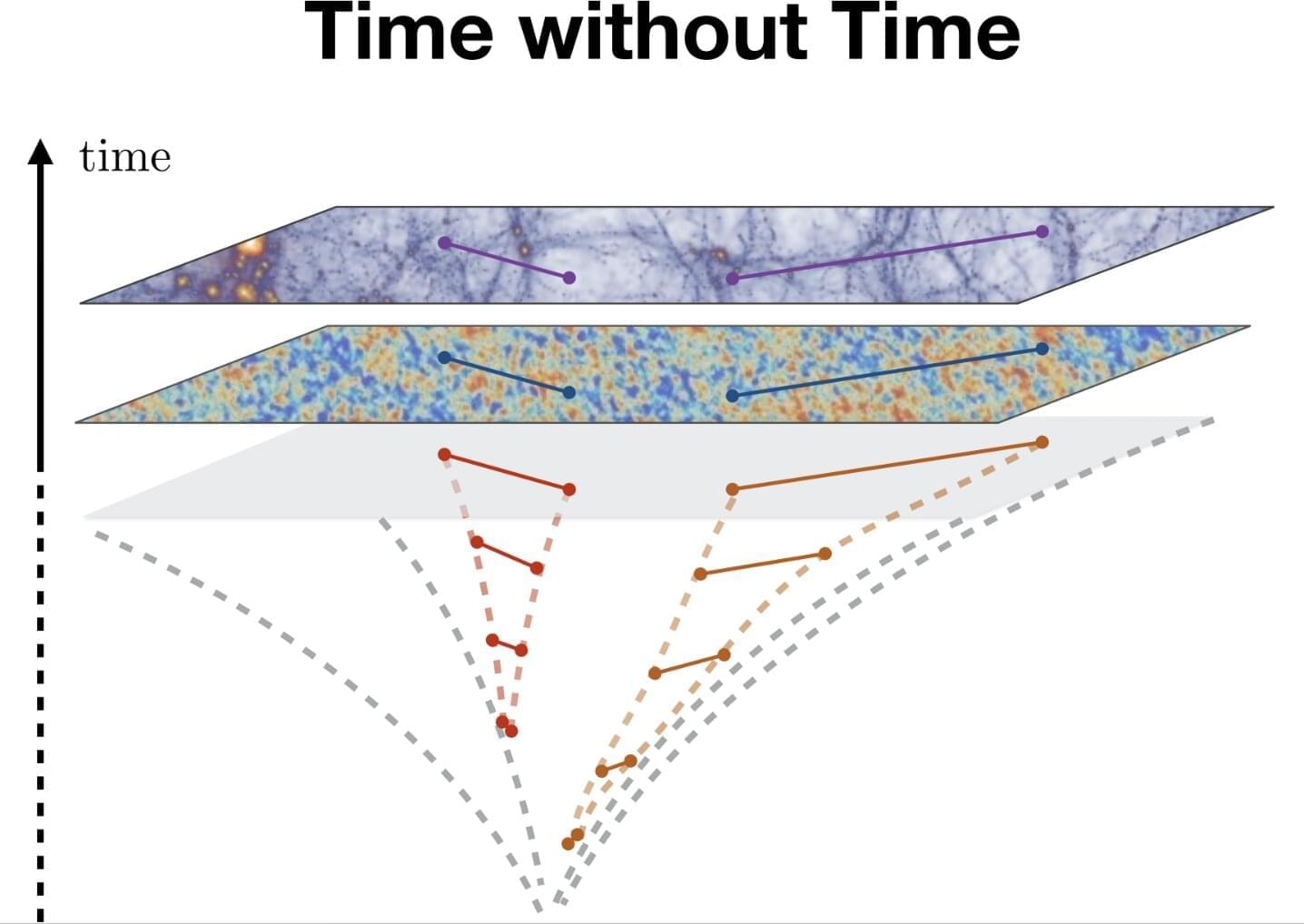
To study the origin and evolution of the universe, physicists rely on theories that describe the statistical relationships between different events or fields in spacetime, broadly referred to as cosmological correlations. Kinematic parameters are essentially the data that specify a cosmological correlation—the positions of particles, or the wavenumbers of cosmological fluctuations.
Changes in cosmological correlations influenced by variations in kinematic parameters can be described using so-called differential equations. These are a type of mathematical equation that connect a function (i.e., a relationship between an input and an output) to its rate of change. In physics, these equations are used extensively as they are well-suited for capturing the universe’s highly dynamic nature.
Researchers at Princeton’s Institute for Advanced Study, the Leung Center for Cosmology and Particle Astrophysics in Taipei, Caltech’s Walter Burke Institute for Theoretical Physics, the University of Chicago, and the Scuola Normale Superiore in Pisa recently introduced a new perspective to approach equations describing how cosmological correlations are affected by smooth changes in kinematic parameters.
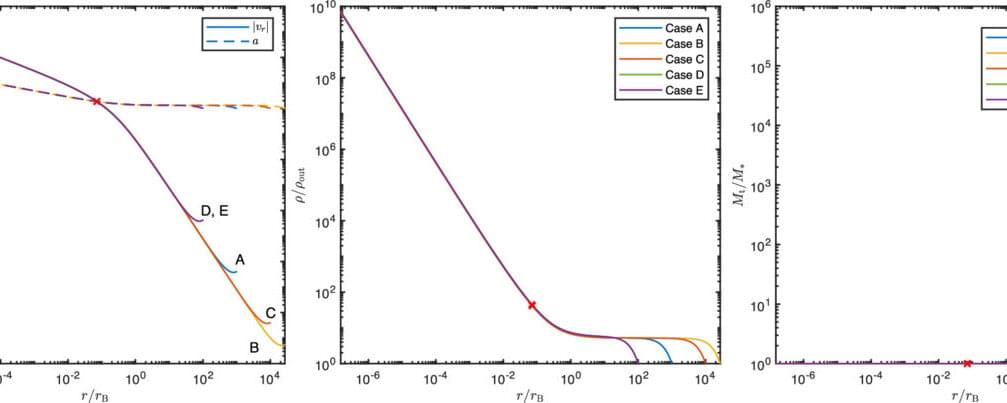
A research team led by Prof. Jiao Chengliang at the Yunnan Observatories of the Chinese Academy of Sciences, along with collaborators, has introduced a self-consistent model that addresses long-unresolved theoretical gaps in the study of self-gravitating spherical accretion. The study was recently published in The Astrophysical Journal.
Accretion, the fundamental astrophysical process by which matter is drawn onto a central celestial object (such as a black hole or star), underpins our understanding of phenomena ranging from star formation to black hole growth. For decades, the classical Bondi model—developed in the 1950s and still widely used today—has served as the backbone of accretion research.
However, this foundational framework overlooks a critical factor: the self-gravity of the gas being accreted. This omission, the researchers note, can drastically alter flow structures and accretion rates in high-density astrophysical environments, limiting the model’s accuracy in key scenarios.
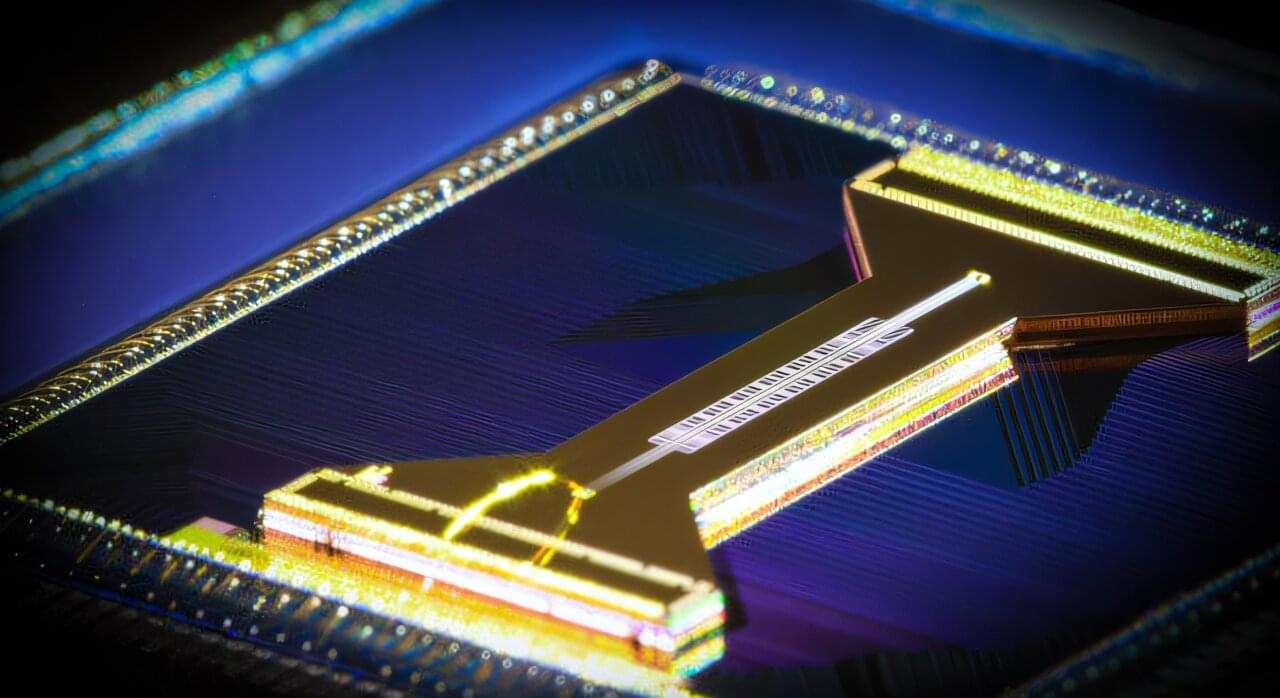
Four RIKEN researchers have used two small quantum computers to simulate quantum information scrambling, an important quantum-information process. This achievement illustrates a potential application of future quantum computers. The results are published in Physical Review Research.
Still in their infancy, quantum computers are only just beginning to be used for applications. But they promise to revolutionize computing when they become a mature technology.
One possible application for quantum computers is simulating the scrambling of quantum information—a key phenomenon that involves the spread of information in quantum systems ranging from strange metals to black holes.

A highly sensitive quantum sensor from Jena has traveled nearly 9,000 kilometers: by truck to Hamburg, by ship across the Atlantic, and finally overland to Vassouras, Brazil.
At the campus of the Observatório Nacional, researchers from the Leibniz Institute of Photonic Technology (Leibniz-IPHT) in Jena, together with Brazilian partners, have installed a new measurement station. It is part of the worldwide GNOME project and is designed to help address one of the great unsolved questions in modern physics: the nature of dark matter.
Dark matter cannot be directly detected with conventional measurement methods. However, it demonstrably influences the motion of galaxies and the structure of the cosmos. Understanding its nature remains one of the central open problems in physics.
Dark matter could turn exoplanets into tiny black holes, shocking study reveals.
A study suggests that exoplanets could be used to search for dark matter — the elusive substance that makes up 85% of the universe’s matter.
Dark matter’s gravitational pull proves it exists, but we’ve never been able to directly find it.
Now, the University of California, Riverside, study proposes that exoplanets, especially large, gaseous ones like Jupiter, could act as natural laboratories for dark matter search.